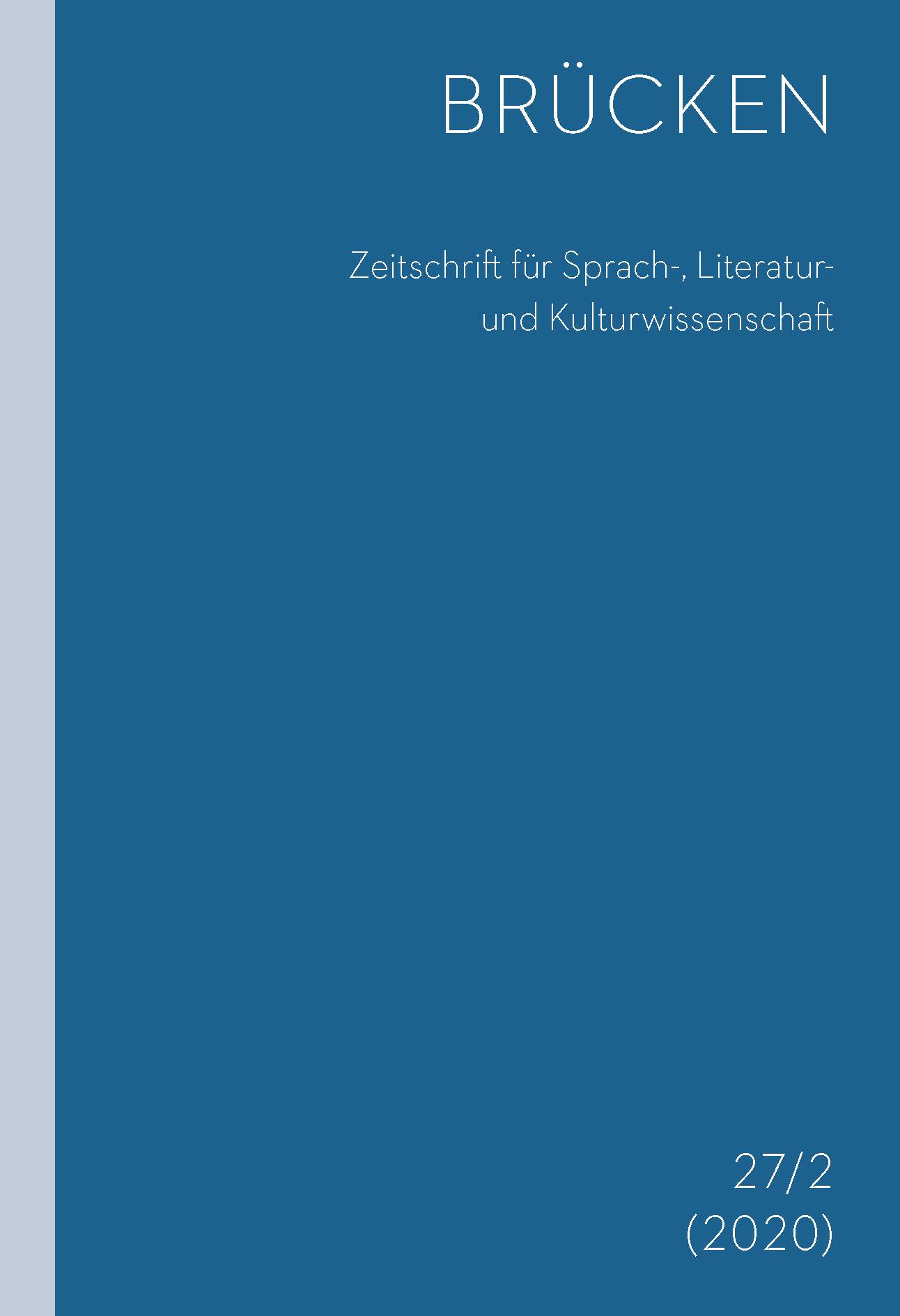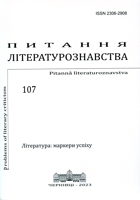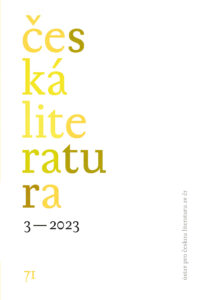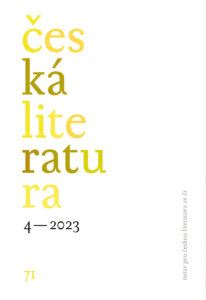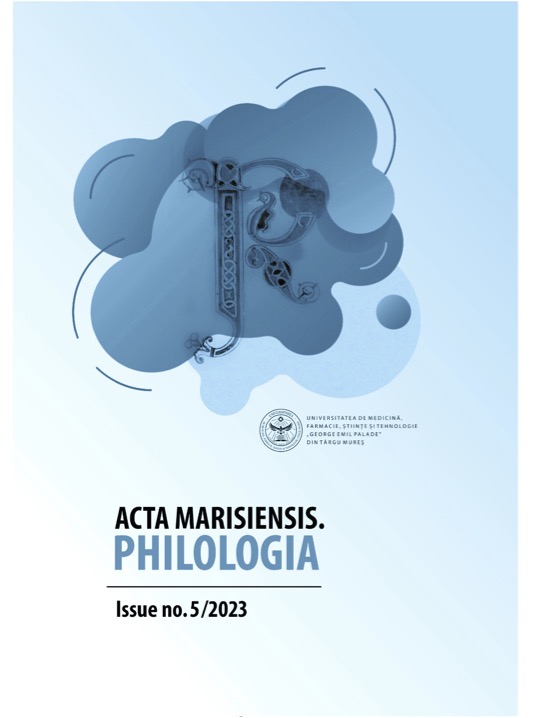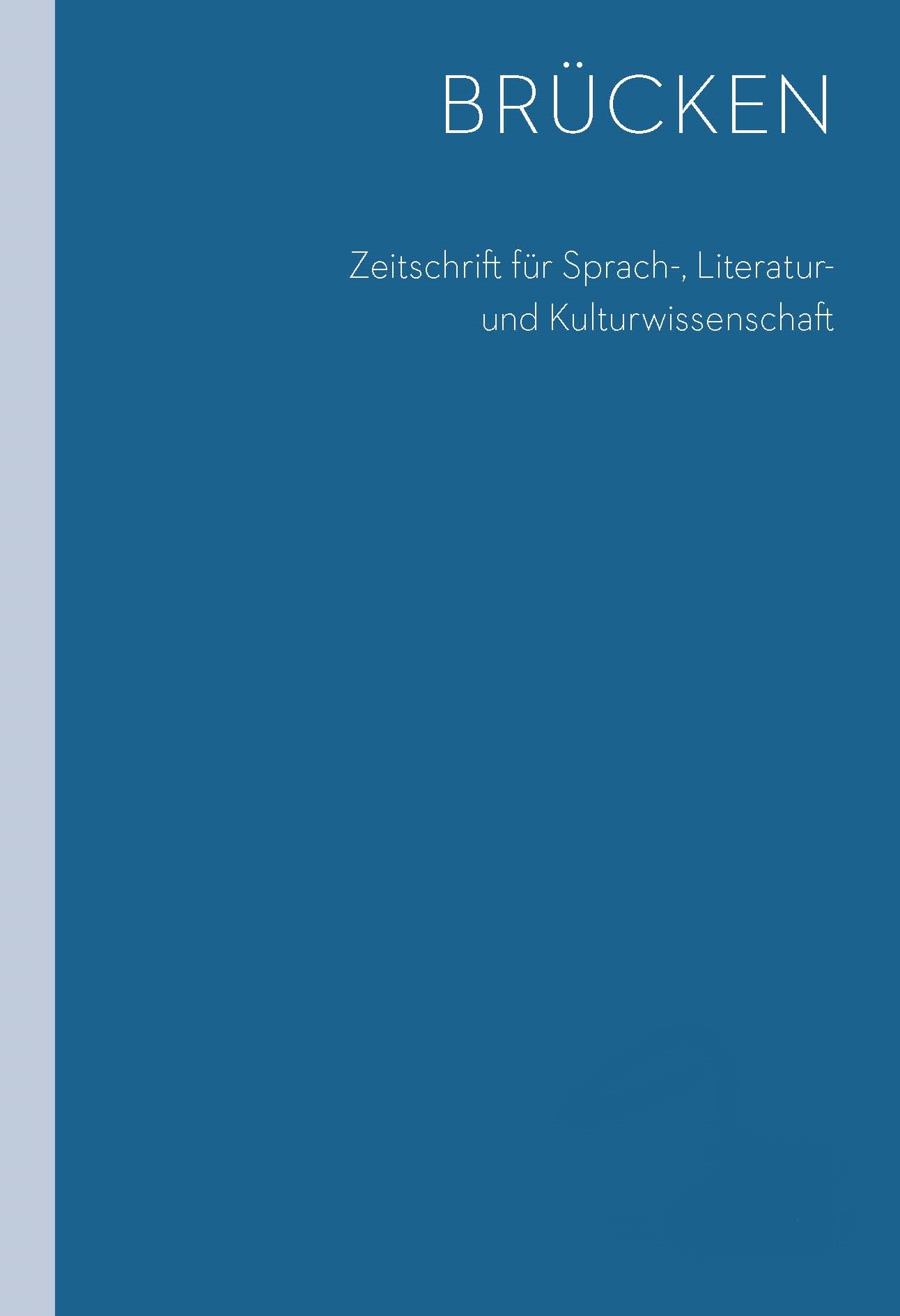Author(s): Ivan Adamovič / Language(s): Czech
Issue: 3/2023
Jakub Arbes’s (1840–1914) Newtonův mozek (Newton’s Brain) is one of his first series of “romanettos”, a recently created genre that was associated with him in particular. However, Newton’s Brain was later referred to as a Czech science fiction forerunner and the very first Czech science fiction prose work. The following article analyses how close Newton’s Brain is to the science fiction genre, both in terms of traditional criteria and more recent views on literary genres, which perceive genre not as an immutable literary category, but as a historically anchored process inherently connected with the publication, reading and reflection upon a given group of texts.Jakub Arbes’s (1840–1914) Newtonův mozek (Newton’s Brain) is one of his first series of “romanettos”, a recently created genre that was associated with him in particular. However, Newton’s Brain was later referred to as a Czech science fiction forerunner and the very first Czech science fiction prose work. The following article analyses how close Newton’s Brain is to the science fiction genre, both in terms of traditional criteria and more recent views on literary genres, which perceive genre not as an immutable literary category, but as a historically anchored process inherently connected with the publication, reading and reflection upon a given group of texts.Jakub Arbes’s (1840–1914) Newtonův mozek (Newton’s Brain) is one of his first series of “romanettos”, a recently created genre that was associated with him in particular. However, Newton’s Brain was later referred to as a Czech science fiction forerunner and the very first Czech science fiction prose work. The following article analyses how close Newton’s Brain is to the science fiction genre, both in terms of traditional criteria and more recent views on literary genres, which perceive genre not as an immutable literary category, but as a historically anchored process inherently connected with the publication, reading and reflection upon a given group of texts.Jakub Arbes’s (1840–1914) Newtonův mozek (Newton’s Brain) is one of his first series of “romanettos”, a recently created genre that was associated with him in particular. However, Newton’s Brain was later referred to as a Czech science fiction forerunner and the very first Czech science fiction prose work. The following article analyses how close Newton’s Brain is to the science fiction genre, both in terms of traditional criteria and more recent views on literary genres, which perceive genre not as an immutable literary category, but as a historically anchored process inherently connected with the publication, reading and reflection upon a given group of texts.
More...
